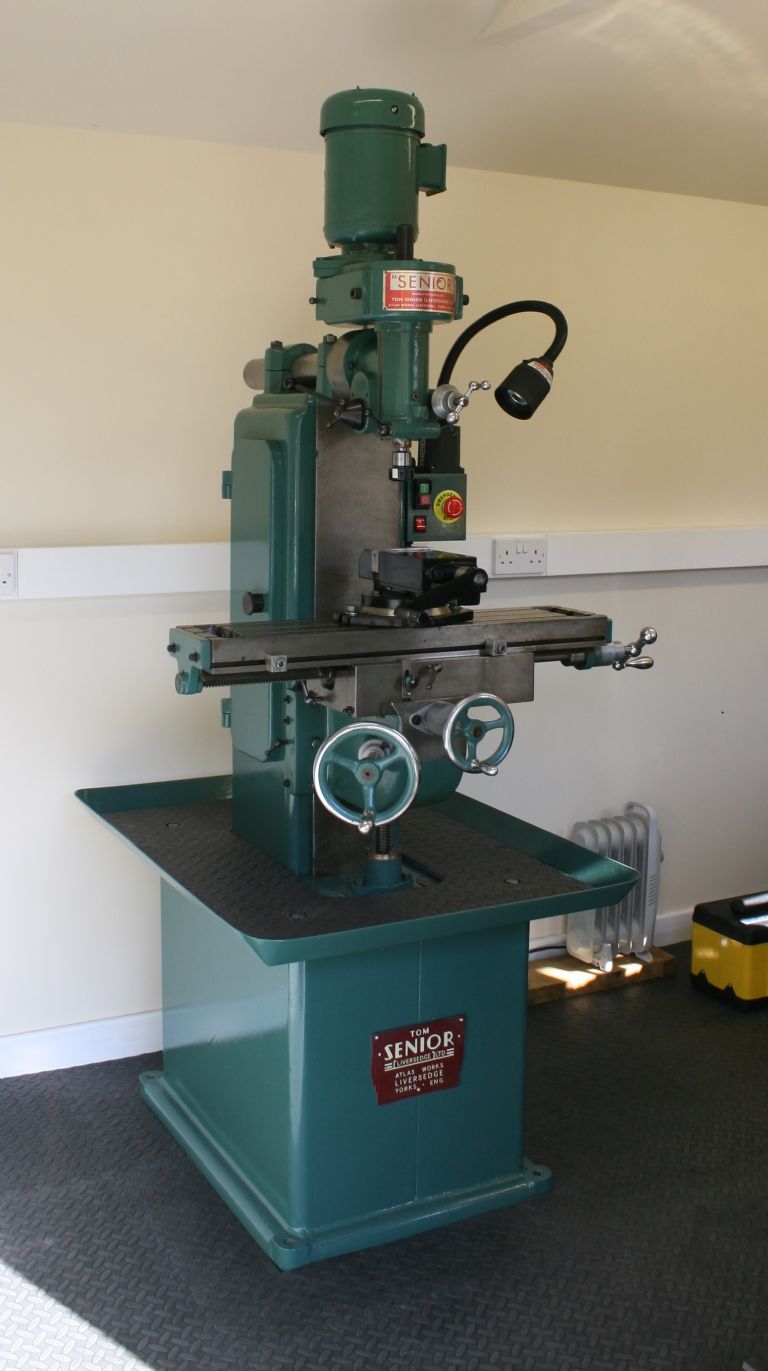Tom Senior Vertical Mill Y axis stuck
Tom Senior Vertical Mill Y axis stuck
- This topic has 11 replies, 9 voices, and was last updated 19 November 2024 at 16:58 by
old mart.
Viewing 12 posts - 1 through 12 (of 12 total)
Viewing 12 posts - 1 through 12 (of 12 total)
- Please log in to reply to this topic. Registering is free and easy using the links on the menu at the top of this page.
Latest Replies
Viewing 25 topics - 1 through 25 (of 25 total)
-
- Topic
- Voices
- Last Post
Viewing 25 topics - 1 through 25 (of 25 total)
Latest Issue
Newsletter Sign-up
Latest Replies
- Air source heat pumps
- Source of 8mm Dia flexible stainless steel tubing
- ME No155 Vol10 pg 359 of 1904
- Hitachi SJ300 VFD problem
- Shop Tips
- Colchester Chipmaster tailstock shimming
- Building Bernard Tekippe’s Precision Regulator
- Metric Thread Cutting Without Conversion Wheel
- Not a dial indicator!
- Stuart Twin Victoria (Princess Royal) Mill Engine





